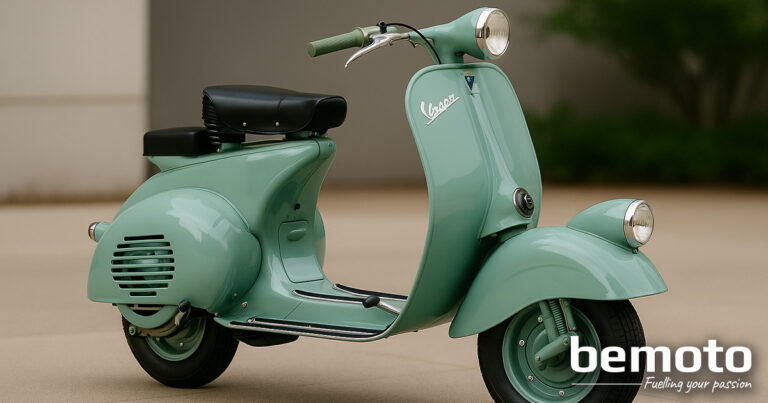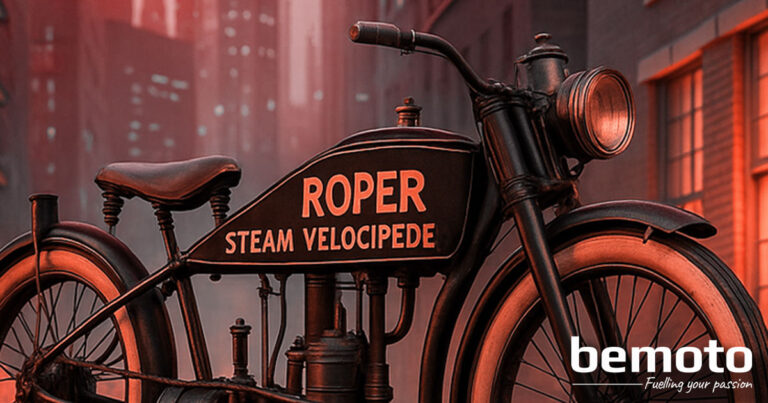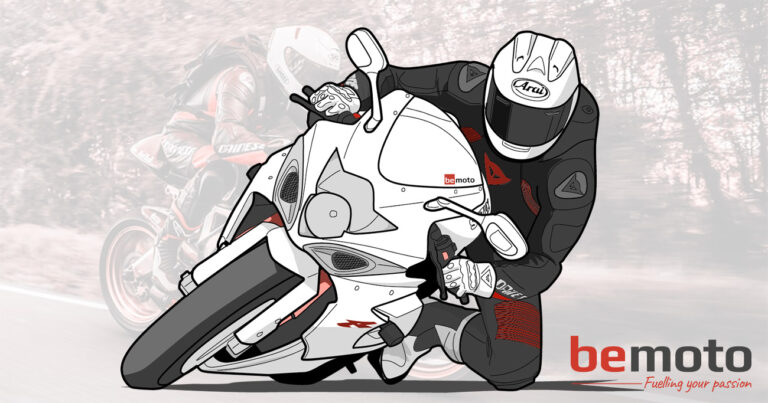
Scottoiler: Save 10% on all award winning chain oiler systems
Scottoiler is the go-to for motorcycle chain maintenance. Discover how their automatic systems work, what products are available, and how BeMoto fans can save 10%.
The Pit Stop
Share this page:

Scottoiler is the go-to for motorcycle chain maintenance. Discover how their automatic systems work, what products are available, and how BeMoto fans can save 10%.

Discover why R&G Racing is a go-to for motorcycle crash protection, styling, and workshop accessories and how BeMoto riders can save 10% across the entire range.

Keep your bike safer and your wallet happier. Datatag’s proven security system helps deter thieves, and right now you can get 20% off. Quick to install, built to last, and

Think your bike is safe? It might already be protected and you just don’t know it yet. Many motorcycles come factory-fitted with Datatag or have it installed by a previous

If your motorbike’s been in hibernation, don’t just fire it up and hope for the best. This no-nonsense pre-ride checklist covers everything UK riders need to check before getting back

Enter our July competition to win a £500 motorbike care package, including a £250 R&G voucher, garage tools, and premium cleaning products – no purchase necessary!

Some motorcycles do more than just go fast or look cool, they redefine an era. Whether it was through groundbreaking engineering, world-first features, or simply capturing the spirit of a

From steam-powered oddities to sleek modern superbikes, motorcycles have come a long way in just over a century. While today’s bikes are technological marvels, it all began with little more

Gear up for a thrilling year of two-wheel action with our Motorbike Race Calendar 2025. From MotoGP to the Isle of Man TT, we’ve compiled the ultimate list of the
BeMoto is a trading name of Moto Broking Limited registered in England and Wales, company number 09676058. Registered office: First Floor 15-27, Cowgate, Peterborough, PE1 1LZ. Moto Broking Limited is authorised and regulated by the Financial Conduct Authority (FCA registration number 715903). Calls may be recorded for our joint protection and training purposes.